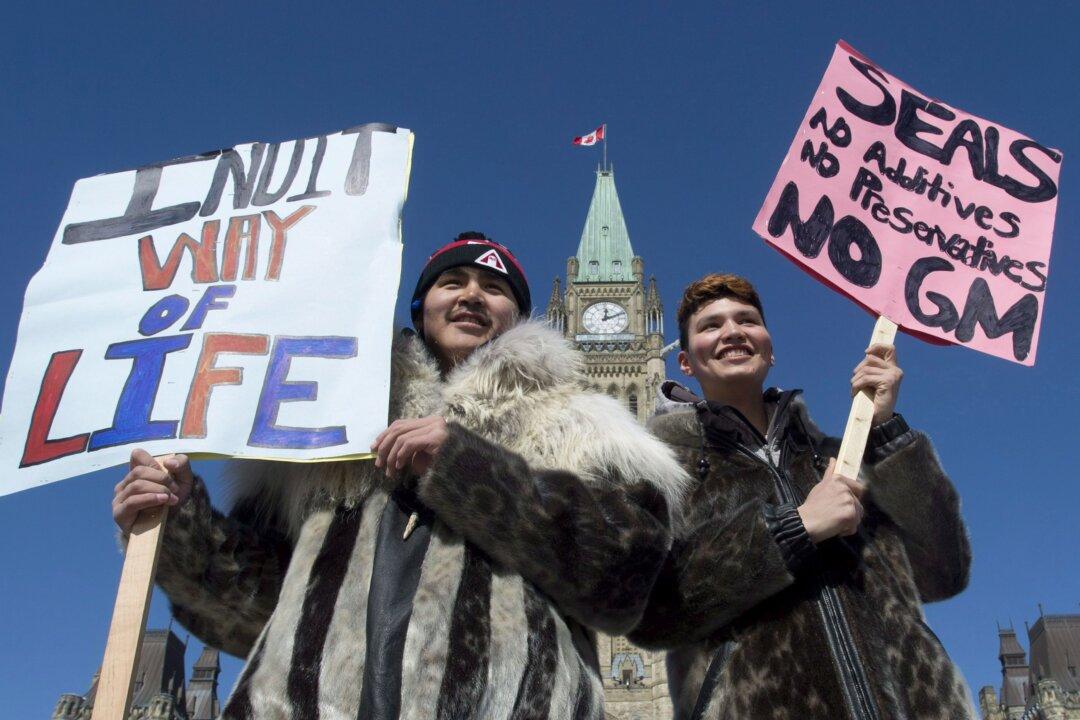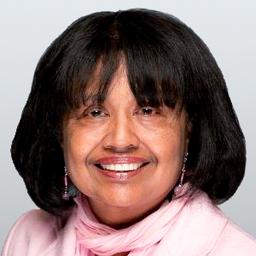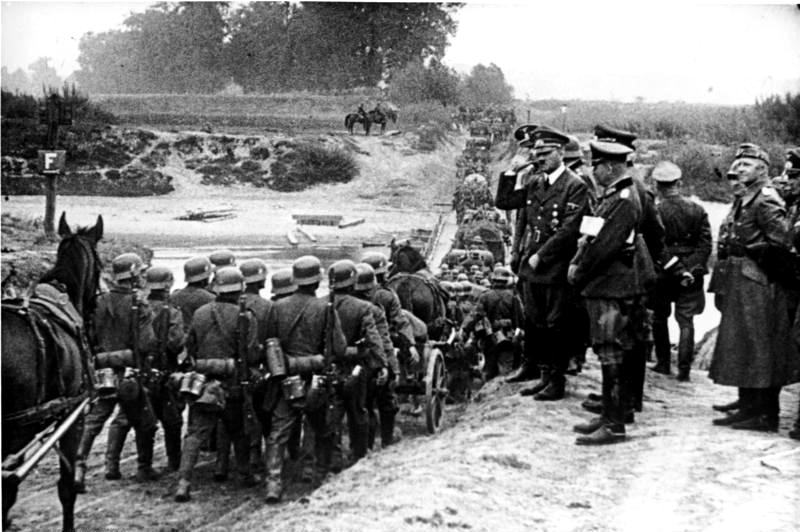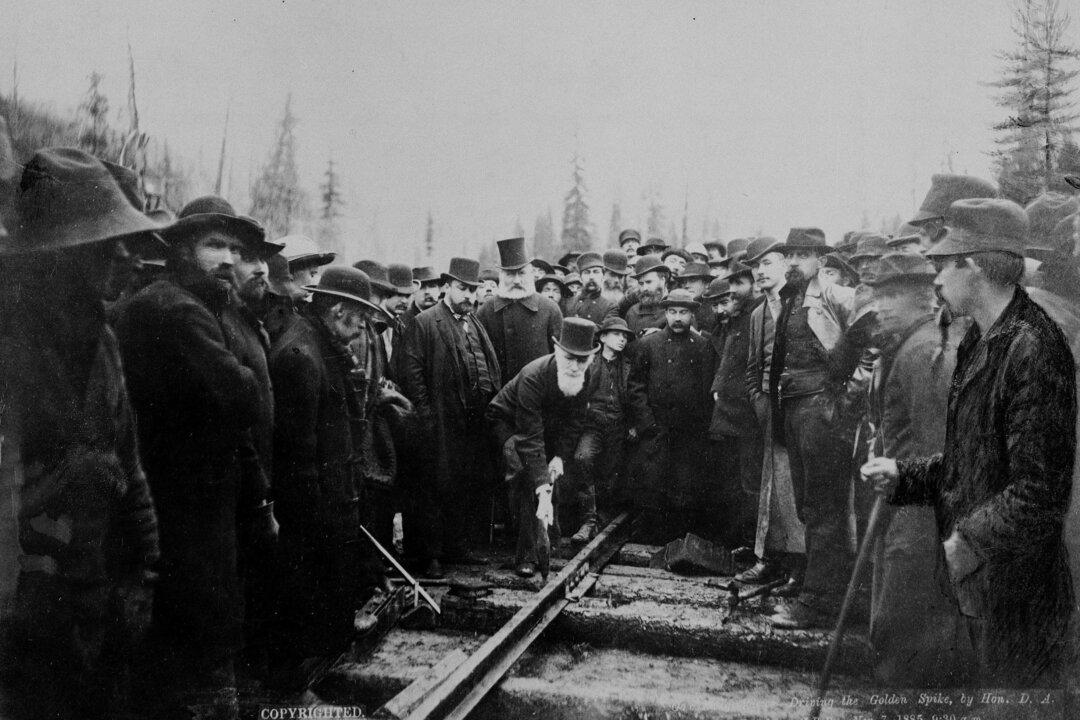OTTAWA—With the approach of sealing season once again in March, anti-sealing activists will be stepping up their opposition to the East Coast seal hunt. The conflict between animal rights groups and seal hunters has been going on for years, as the groups continue pursuing their goal of ending Canada’s annual commercial hunt, believing it to be inhumane.
Although Inuit can hunt seals commercially year-round all over the Canadian Arctic, sealers in the region are still struggling to recover from the European Union’s seal product bans of 1983 and 2009, which had devastating economic consequences.





